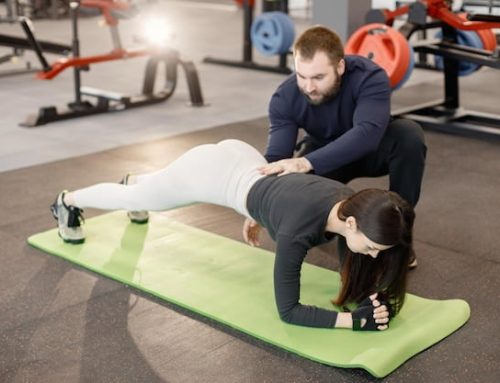The Best Endurance Test for Athletes
Endurance is one of the most crucial factors for athletes to succeed in their respective sports. It can be defined as an athlete’s ability to maintain a high-intensity effort for an extended period. Endurance can be trained and improved through various methods, including both steady-state cardio and high-intensity interval training (HIIT). However, before devising a training regimen for endurance, it is essential to determine an athlete’s baseline endurance level through a suitable test. Here are some of the most commonly used endurance tests and the pros and cons of each.
1. VO2 Max Test
The VO2 max test is widely considered the gold standard for measuring an athlete’s aerobic endurance capacity. It measures the maximum amount of oxygen that an athlete’s body can consume and use during exercise. In this test, the athlete runs on a treadmill or cycles on a stationary bike while wearing a mask that measures oxygen intake and carbon dioxide output. The test measures the athlete’s endurance level based on the volume of oxygen consumed per kilogram of body weight per minute.
Pros:
• It is a precise and standardized way to measure endurance.
• It provides valuable information on the athlete’s cardiovascular fitness and can help to determine the most effective training regimen.
Cons:
• It is an expensive test and requires specialized equipment and expertise.
• It is not practical for athletes who are not able to run on a treadmill or cycle on a stationary bike due to injury or disability.
2. Cooper Test
The Cooper test is a maximum distance running test that measures an athlete’s endurance capacity. In this test, athletes run as far as they can in 12 minutes on a flat surface.
Pros:
• It is an inexpensive and straightforward test that requires no special equipment or expertise.
• It can be conducted in a variety of settings, including a gym, a track, or a road.
Cons:
• The test is not suitable for athletes with lower body injuries or disabilities that prevent them from running.
• It does not account for factors such as an athlete’s weight or elevation changes, which can affect their endurance capacity.
3. Beep Test
The beep test, also known as the shuttle run test, is a maximum effort running test that measures an athlete’s aerobic capacity. It involves running back and forth between two cones placed 20 meters apart, following a pre-recorded audio that signals when to start and stop running.
Pros:
• It is a simple and inexpensive test that requires no special equipment.
• It can be conducted in a variety of settings, including a gym, a track, or a road.
Cons:
• It is not suitable for athletes with lower body injuries or disabilities that prevent them from running.
• The test can be intimidating for some athletes, and the audio signal can be challenging to follow.
4. Three-Minute Step Test
The three-minute step test is a sub-maximal test that measures an athlete’s cardiovascular endurance. In this test, athletes step up and down on a 12-inch step to a metronome of 96 beats per minute for three minutes while their heart rate is monitored.
Pros:
• It is an inexpensive and straightforward test that requires no special equipment or expertise.
• It is less strenuous than other endurance tests and is suitable for athletes of all levels.
Cons:
• It is a sub-maximal test and may not provide a precise measurement of an athlete’s endurance capacity.
• It is not suitable for athletes with lower body injuries or disabilities that prevent them from stepping.
Conclusion
In conclusion, there are several endurance tests available to measure an athlete’s capacity, each with its own set of advantages and disadvantages. The choice of an endurance test depends on various factors, such as the athlete’s sport, injury history, and training goals. Coaches and trainers must select the most appropriate endurance test to assess an athlete’s baseline endurance level and design a training program to improve it. Regardless of the test chosen, it is essential to conduct the test with precision and consistency to obtain accurate results.






